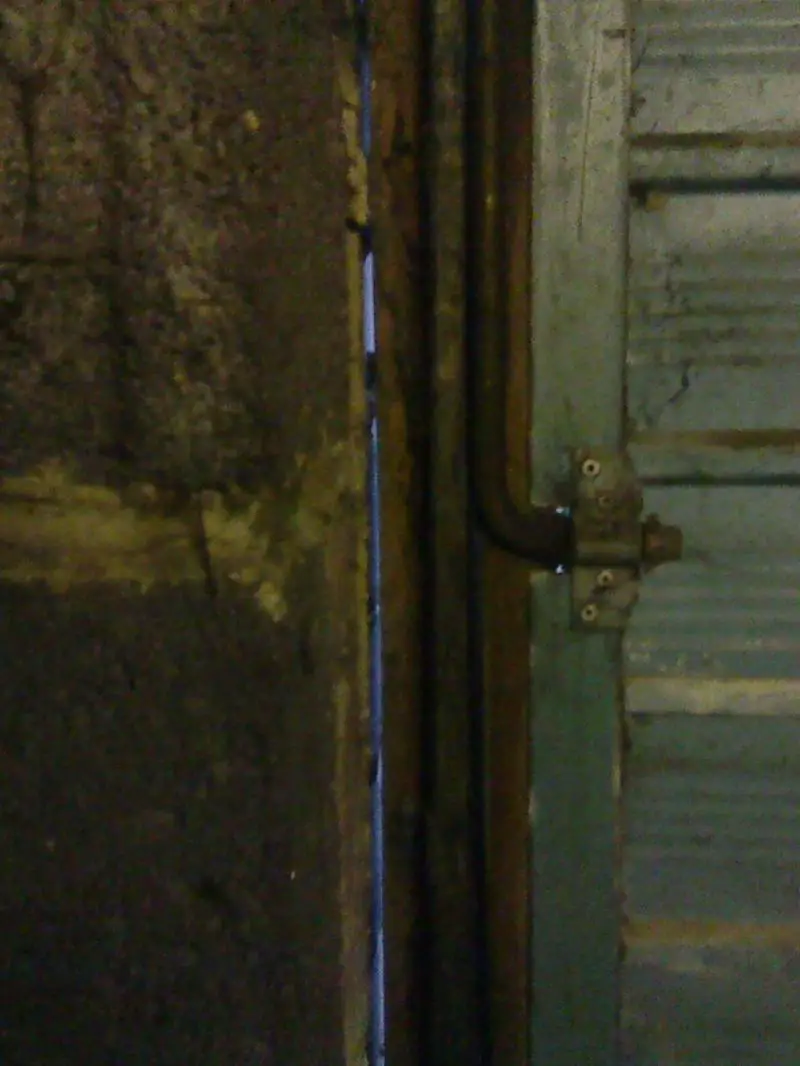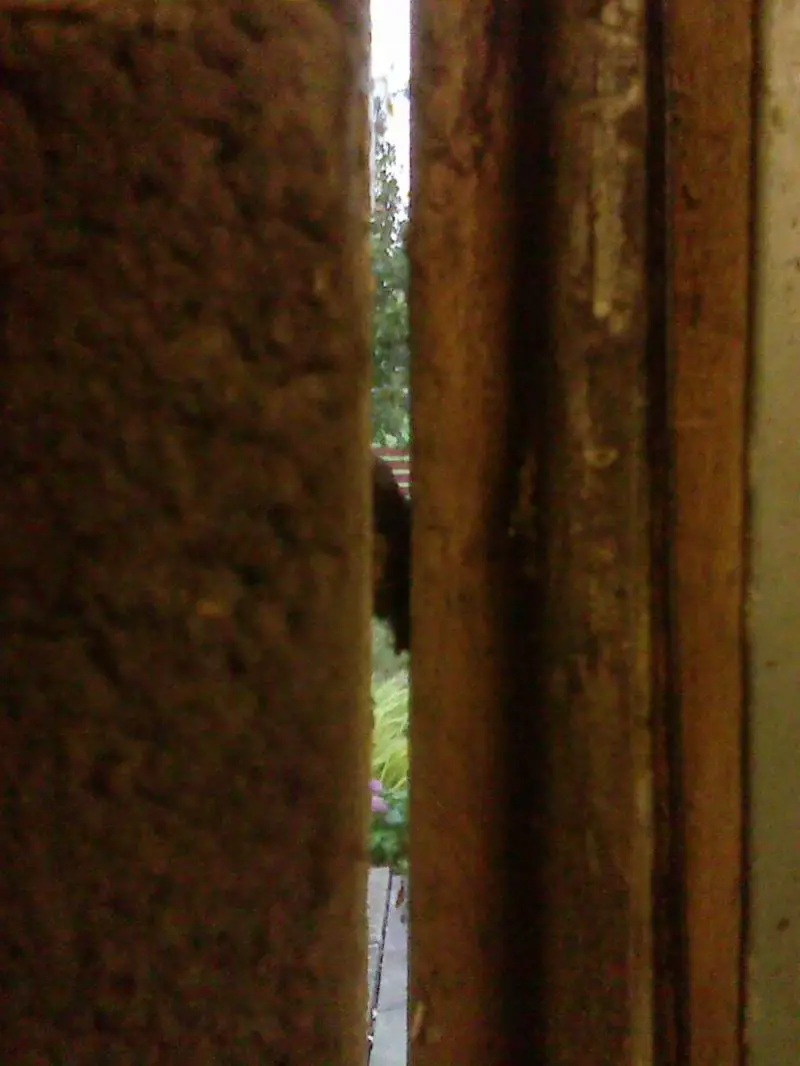Which is best for a gap between a garage door wood frame & brick wall - silicone sealant or expanding foam?
The gap on one side is pretty much 5mm, top to bottom and pretty similar on the other side. Don't know if the photos do it justice:
The garage has doors at either end, so the wind blows through all the time and the side of the house gets very cold in the winter. I'm sure the winters are going to be minus zero a lot more often as well, so I need to draught proof everything.
I've looked at what's available in Screwfix, Toolstation, UKSealants and lots more online, but there are so many and I don't know which ones can survive cold weather. Maybe they all can.
I'd be grateful for some advice.
Thanks.
The gap on one side is pretty much 5mm, top to bottom and pretty similar on the other side. Don't know if the photos do it justice:
The garage has doors at either end, so the wind blows through all the time and the side of the house gets very cold in the winter. I'm sure the winters are going to be minus zero a lot more often as well, so I need to draught proof everything.
I've looked at what's available in Screwfix, Toolstation, UKSealants and lots more online, but there are so many and I don't know which ones can survive cold weather. Maybe they all can.
I'd be grateful for some advice.
Thanks.




